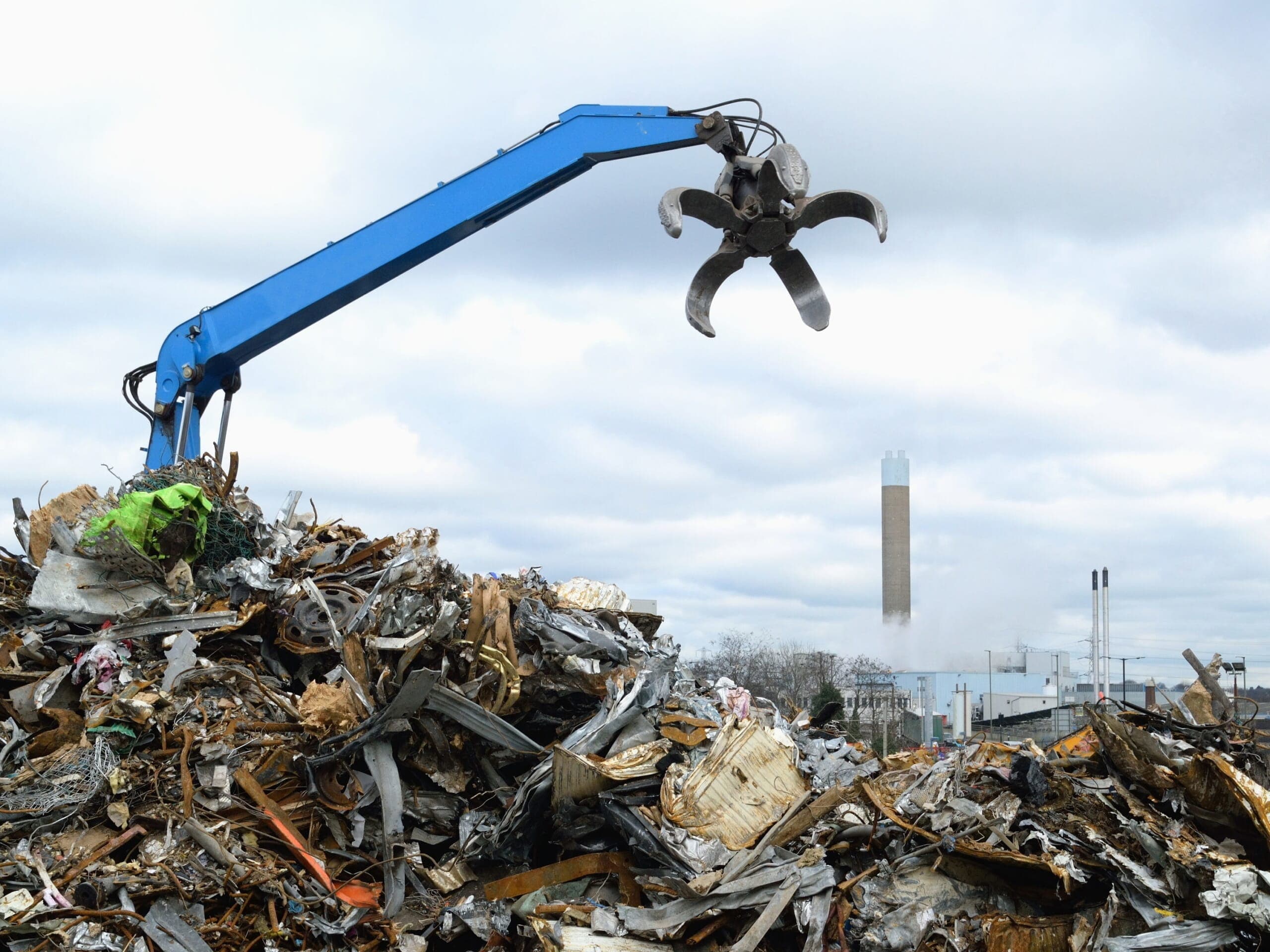How Much Waste Does London Produce?
London is the most populous city in the UK, and, with over eight million residents, it produces a lot of pollution. The government has introduced multiple policies to improve the air quality and environment surrounding the capital city, such as the congestion charge. Whilst this aims to better the air quality, it doesn’t do much to solve biological pollution made by waste.

How Much Rubbish Does London Make?
More than 18 million metric tonnes of waste are produced every year in the capital, and as the population increases, so will the amount of rubbish. Of all the rubbish produced, roughly 9.7 million tonnes can be attributed to the construction and demolition industry, most of which can be recycled. For example, rubble can be transformed into aggregate and wood can be used to make new items such as furniture. Unfortunately, most construction waste continues to be sent to landfill where it takes many years to break down. In addition to the 9.7 million tonnes of construction waste, five million tonnes of waste is produced from the commercial industry. Commercial waste relates to business rubbish and it can include everything from wrappers and paper to food waste and cardboard. The final portion of waste produced in London is domestic/household waste. Just over 3.1 million metric tonnes of household waste are produced every year, with most of it being food waste and recyclable waste like cardboard, bottles and tins.

Where Does London’s Waste Go?
Of the 18 million metric tonnes of waste produced in London, roughly 32% is recycled or composted. This is one of the lowest rates in the country. The good news is, this number is continually increasing and the government is aiming for 65% of London’s waste to be recycled by 2030, but at present, a large proportion of waste is still going into landfill or incineration – both of which are detrimental to the environment. In 2016 alone, 560,000 tonnes of CO2e emissions were produced from incinerating London’s waste. It has the highest incineration rate of any local authority in the UK, and with more incineration plants set to open, the efforts to reduce air pollution will be in vain unless waste management is improved.
What are the Challenges of Waste Disposal in London?
Whilst more needs to be done to tackle waste management in London, it doesn’t come without its challenges. Space in London properties comes at a premium, and a lot of households don’t have adequate room to separate their rubbish. For example, people who live in blocks of flats commonly utilise rubbish chutes, but those chutes aren’t usually used for recycling which leaves residents having to take their rubbish to designated bins on the street. Busy lifestyles and high-rise blocks or overflowing bins mean many people simply add their recycling into their general waste for ease. Not only this, but a lot of material that could be recycled becomes too contaminated, resulting in it being disposed of with general waste. This often comes from a lack of awareness people have around recycling. It’s not quite as easy at putting items that can be recycled into a recycling bin – if they are too soiled with food waste, they cannot be recycled. In addition to this, there are no uniform rules regarding waste disposal in the UK, and different councils have different guidelines. This means what can be recycled in an E14 postcode cannot necessarily be recycled in a W14 postcode. This can be confusing for people who commute from one part of the city to the next, and mixing up rubbish can make it extremely difficult to sort and dispose of properly. For commercial businesses, food waste is a problem. Uneaten and wasted food goes to landfill, and when it decomposes it produces methane which contributes to global warming. In fact, it’s thought that more than 8% of all greenhouse gas emissions in the world are a direct result of food waste. London produces anywhere between 1.5 – 1.75 million metric tonnes of food waste every year. For reference, 1kg of wasted food totals 2.5kg of CO2. The issue arises when you begin to consider alternatives for disposing of items like food.
How to Tackle London’s Waste Problems
Without overhauling the entire waste disposal system in London, there are several ways businesses and Londoners can begin to make a difference to London’s waste problem. The first way is to try and live a less wasteful lifestyle; for example, not wasting as much food, donating unopened/uneaten food to those in need, and buying second-hand products/furniture and donating old items. Another way to help with the waste issue is to dispose of rubbish responsibly. It’s worth taking the time to separate your rubbish and cleaning out your recyclable items to reduce contamination. If you’re unsure of how to dispose of items, get in contact with Central Junk. We will responsibly get rid of items like rubble bags, tyres, general waste, furniture and appliances in an ethical and responsible way. Any items that are able to be re-used or enjoyed by someone else will be donated. We work across the Greater London area and are on hand to assist wherever you are, whenever you need us. Simply get in touch today and help improve the way London deals with its waste production.
